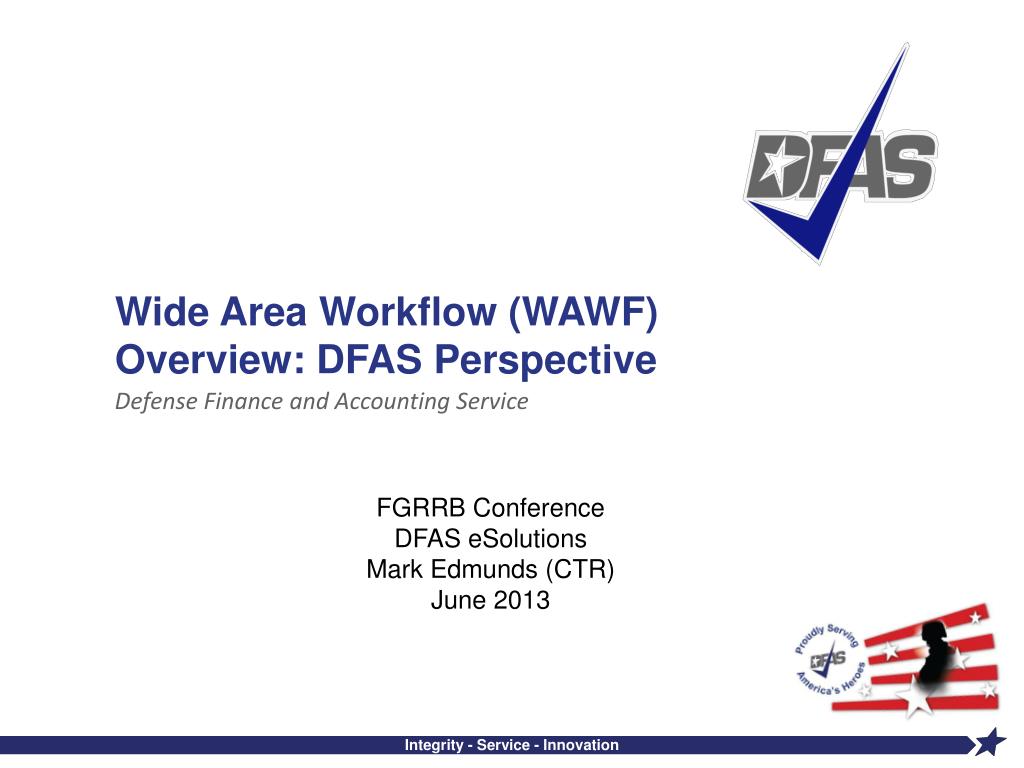

The initial determination will describe the deficiency in sufficient detail to allow the Contractor to understand the deficiency. (1) The Contracting Officer will provide an initial determination to the Contractor, in writing, of any significant deficiencies. (18) Accounting practices in accordance with standards promulgated by the Cost Accounting Standards Board, if applicable, otherwise, Generally Accepted Accounting Principles. (17) Adequate, reliable data for use in pricing follow-on acquisitions and (16) Billings that can be reconciled to the cost accounts for both current and cumulative amounts claimed and comply with contract terms

(ii) To readily calculate indirect cost rates from the books of accounts (i) By contract clauses concerning limitation of cost (FAR 52.232-20), limitation of funds (FAR 52.232-22), or allowable cost and payment (FAR 52.216-7) and (15) Cost accounting information, as required. (14) Segregation of preproduction costs from production costs, as applicable (13) Identification of costs by contract line item and by units (as if each unit or line item were a separate contract), if required by the contract (12) Exclusion from costs charged to Government contracts of amounts which are not allowable in terms of Federal Acquisition Regulation (FAR) part 31, Contract Cost Principles and Procedures, and other contract provisions (11) Interim (at least monthly) determination of costs charged to a contract through routine posting of books of account (10) A labor distribution system that charges direct and indirect labor to the appropriate cost objectives (9) A timekeeping system that identifies employees’ labor by intermediate or final cost objectives (8) Management reviews or internal audits of the system to ensure compliance with the Contractor’s established policies, procedures, and accounting practices (7) Approval and documentation of adjusting entries

(6) Reconciliation of subsidiary cost ledgers and cost objectives to general ledger (5) Accumulation of costs under general ledger control (4) A logical and consistent method for the accumulation and allocation of indirect costs to intermediate and final cost objectives (3) Identification and accumulation of direct costs by contract (2) Proper segregation of direct costs from indirect costs (1) A sound internal control environment, accounting framework, and organizational structure The Contractor’s accounting system shall provide for. Failure to maintain an acceptable accounting system, as defined in this clause, shall result in the withholding of payments if the contract includes the clause at 252.242-7005, Contractor Business Systems, and also may result in disapproval of the system. The Contractor shall establish and maintain an acceptable accounting system. (3) “Significant deficiency” means a shortcoming in the system that materially affects the ability of officials of the Department of Defense to rely upon information produced by the system that is needed for management purposes. (2) “Accounting system” means the Contractor’s system or systems for accounting methods, procedures, and controls established to gather, record, classify, analyze, summarize, interpret, and present accurate and timely financial data for reporting in compliance with applicable laws, regulations, and management decisions, and may include subsystems for specific areas such as indirect and other direct costs, compensation, billing, labor, and general information technology. (iv) Contract allocations and charges are consistent with billing procedures. (iii) Risk of misallocations and mischarges are minimized and (ii) The accounting system and cost data are reliable (i) Applicable laws and regulations are complied with (1) “Acceptable accounting system” means a system that complies with the system criteria in paragraph (c) of this clause to provide reasonable assurance that. As prescribed in 242.7503, use the following clause:ĪCCOUNTING SYSTEM ADMINISTRATION (FEB 2012)


 0 kommentar(er)
0 kommentar(er)
